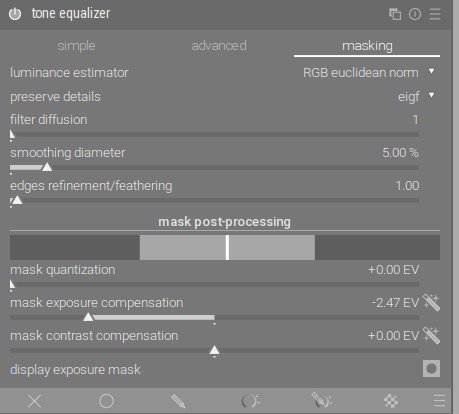Not me who was asking for dramatic sky (depends i what you called dramatic) just not so dull.
You don’t allways have a tripod or the time to do that.
Most of my photos are when travelling or going for a walk, not a prepared photo.
That would be an appropiate answer if other tools were not able to get better results.
What was discussed here was whether filmic and /or scene refered workflow was in the origin of making it more difficult to expand those lights or not.
The color balance trick provided by @s7habo seems to work quite well.
And highlight recovery in color preservation is problematci in DT as it creates artifacts.
Just addressing people to not clip their photos would not solve the flaws.
I think we are going a bit out of topic here, and @jandren won’t be happy.
The topic was about comparing sigmoid and filmic and whether it would be good to have it in mainstream.
Most of us are having a look to sigmoid due to difficulties in expanding highlights (in skies for example) and seeking for alternate paths.
May be related but not the initial intend of the OP.















